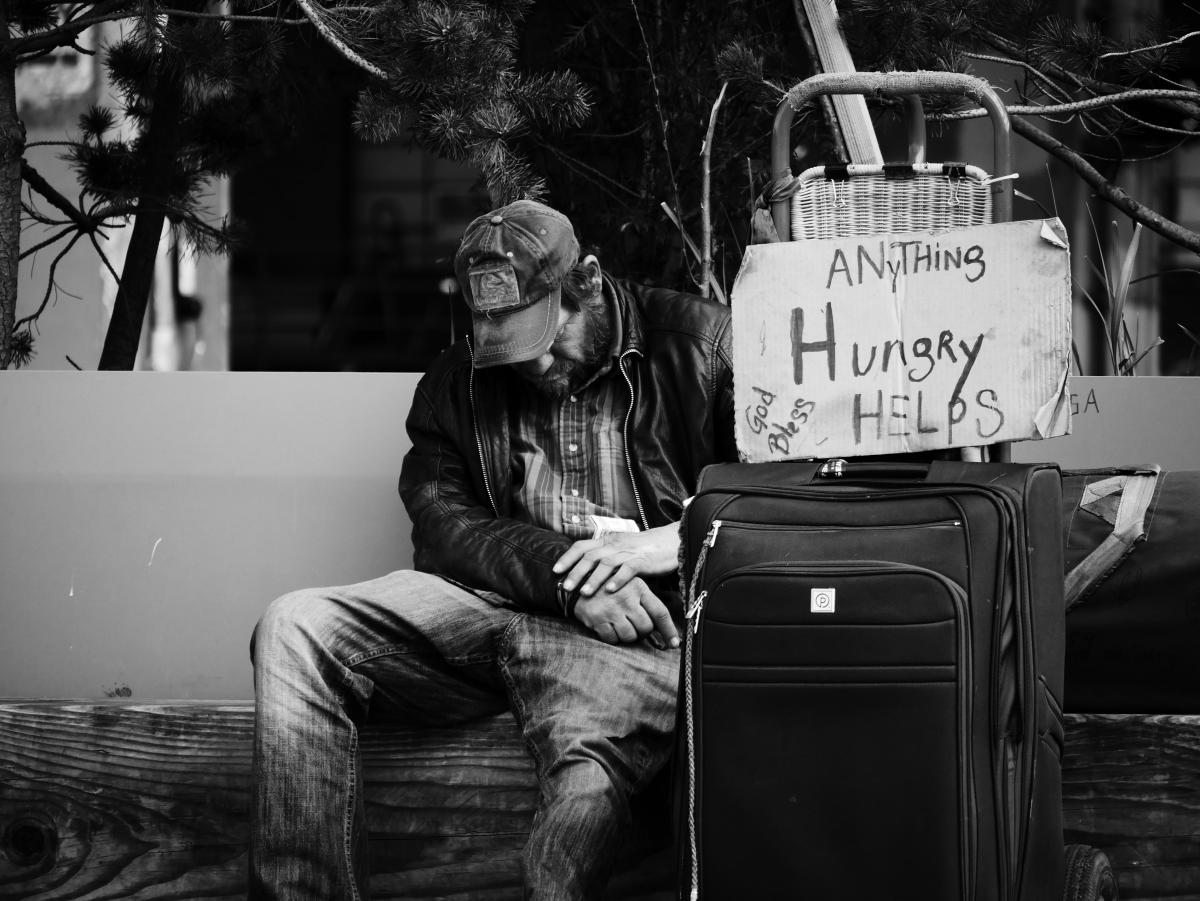The coronavirus pandemic has increased the strain on groups that work to prevent homelessness in Maryland, with experts saying single mothers and people of color are being hurt the most.
Multiple advocacy groups have expanded their programs to try to handle the surge in cases, as one agency said requests for help have nearly tripled from March to early October.
“It was already concerning last year because we had 239 clients total, all of 2019, and (as of Oct. 14), I have 600,” said Carol Ott, tenant advocacy director at the Fair Housing Action Center. “And the overwhelming majority of these people are Black, single women with children.”
Of all 2020 tenants through early October who needed financial assistance at the Fair Housing Action Center, 67% are women and 57% are Black.
“Sadly, those two numbers rarely change much. We always see a majority of Black women, most with children,” Ott said.
But the high numbers recently have been triggering a lot of alarm bells, she said.
In April, people rushed to file for unemployment once being laid off, but as of October, some were still waiting for their benefits to come through, Ott said.
Ott said some tenants who were evicted in January and February before the spike in cases are not covered under some COVID assistance programs. As the courts closed in March once the pandemic hit, it was more difficult to get their case in court and handled.
On top of the courts closing, their jobs would be lost from the layoffs due to the pandemic and they would have no means of making up the money to help themselves until their postponed court date.
With the lack of court access once the pandemic hit, the Fair Housing Action center reported increased incidences of tenant harassment and illegal evictions. Ott said she wishes that the Maryland Legislature had convened an emergency session to assess assistance.
The Maryland Joint Committee on Ending Homelessness — including members from both the state House of Delegates and the Senate — last month heard advocacy groups discuss what they needed in order to help those who are homeless and help their groups continue to support others.
Increased state funding for homelessness prevention, and direct financial assistance for people who lost their jobs because of the pandemic and had to wait several months for their unemployment payments were among the suggestions.
The Community Legal Services in Prince George’s County said that while the courts were pretty much closed from March to around August, their office therefore had to be closed, but they continued to work remotely. They assisted clients with brief advice through email.
Taylor Williams at Community Legal Services said the bulk of their clients are Hispanic, Latino, African American, and single mothers.
Single mothers with school-age children are facing new struggles with classes in session this fall.
“It’s really difficult to tell a woman you have to go find a job during a pandemic with two small children who are out of school,” said Ott. “Child care is a huge issue with a lot of our tenants. Most of them are people who are used to working … and they want to go back to work, but what are they supposed to do with their children?”
Executive Director Beth Benner at the Women’s Housing Coalition in Baltimore said having children makes it more complicated to get back on your feet. On top of the economic issues and mental health or physical issues, they also need to juggle keeping their kids in school while making them feel stabilized and loved.
While most of their clients are women and single mothers, 85-95% of their clients at any time are people of color, Benner said.
Benner said 39% of Marylanders are at or below that threshold of basically living paycheck to paycheck as of September, according to the United Way of Central Maryland.
Gov. Larry Hogan, R, issued an eviction prevention moratorium at the beginning of the pandemic that runs until Dec. 31.
This has meant an increase in illegal evictions and smaller landlords going around this moratorium by not renewing leases in which tenants have less protection in these cases in court, according to the Fair Housing Action Center.
The Women’s Housing Coalition reported that a second wave of the virus would bring more unemployment, with the cold weather curtailing businesses that moved outdoors, and will cause a dramatic increase in homelessness.
Gov. Larry Hogan, R, this week announced increased restrictions in the state for some businesses as the virus has spiked in recent days.
In 2019, the National Alliance to End Homelessness reported that 6,561 people were homeless on any given night in Maryland. Seventeen out of 10,000 people were homeless in one night in January of 2019 in the United States, according to the Aspen Institute.
The Aspen Institute estimated in August that 30 million to 40 million people could be at risk for eviction in the next few months.
It was estimated that at the beginning of the pandemic, 400,000 units would need to be created in the United States in order to safely socially distance, isolate, and protect the homeless against the virus in place of the crowded shelters that typically are used, according to the National Alliance to End Homelessness.
For those who need stable housing, the Women’s Housing Coalition reported that there are only three available units for every 10 families in Maryland who need them.
The Housing Coalition said there is a need for a low barrier to entry for all affordable housing through a more effective and efficient process for paperwork and inspections.


